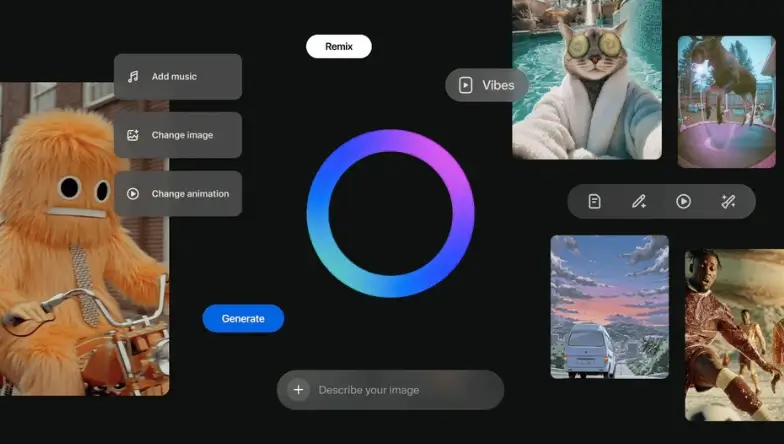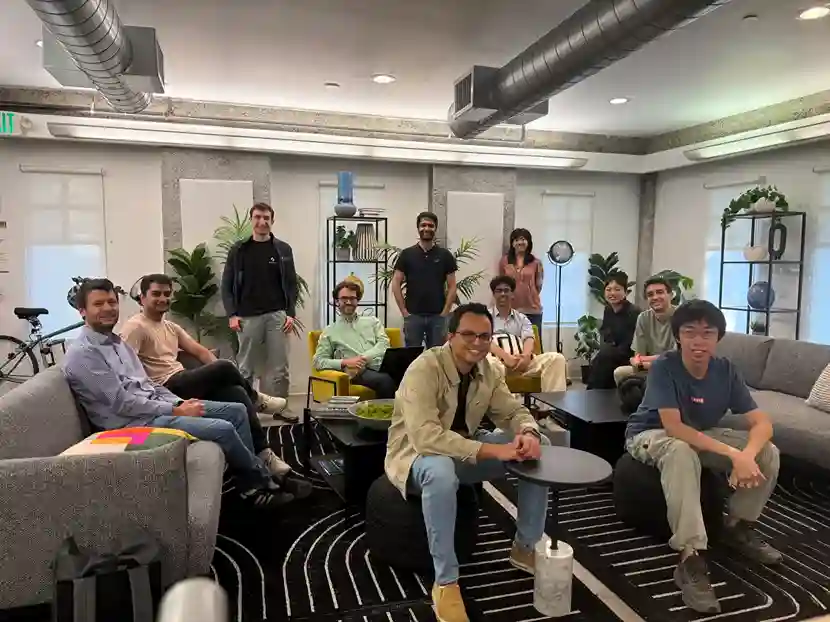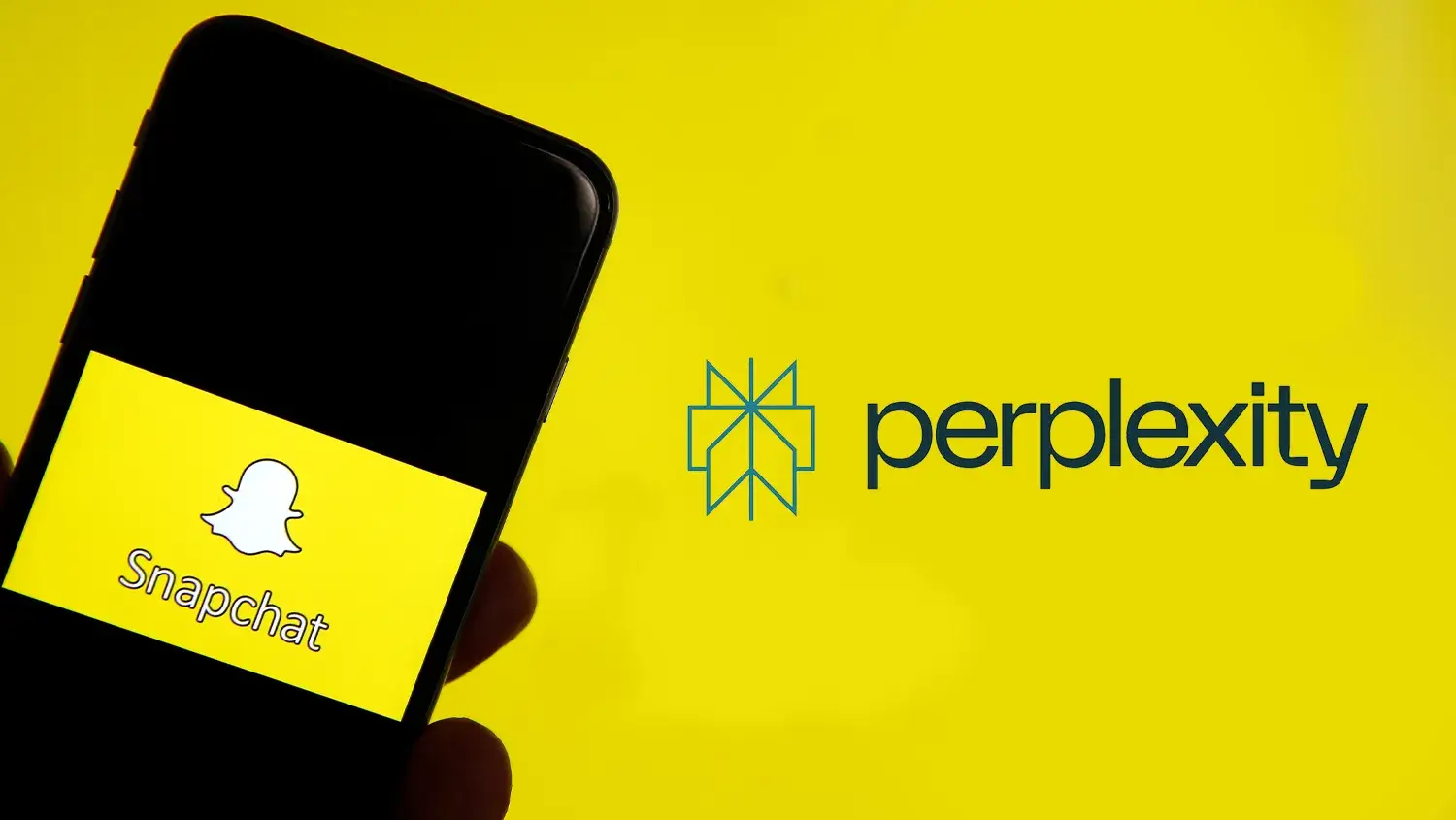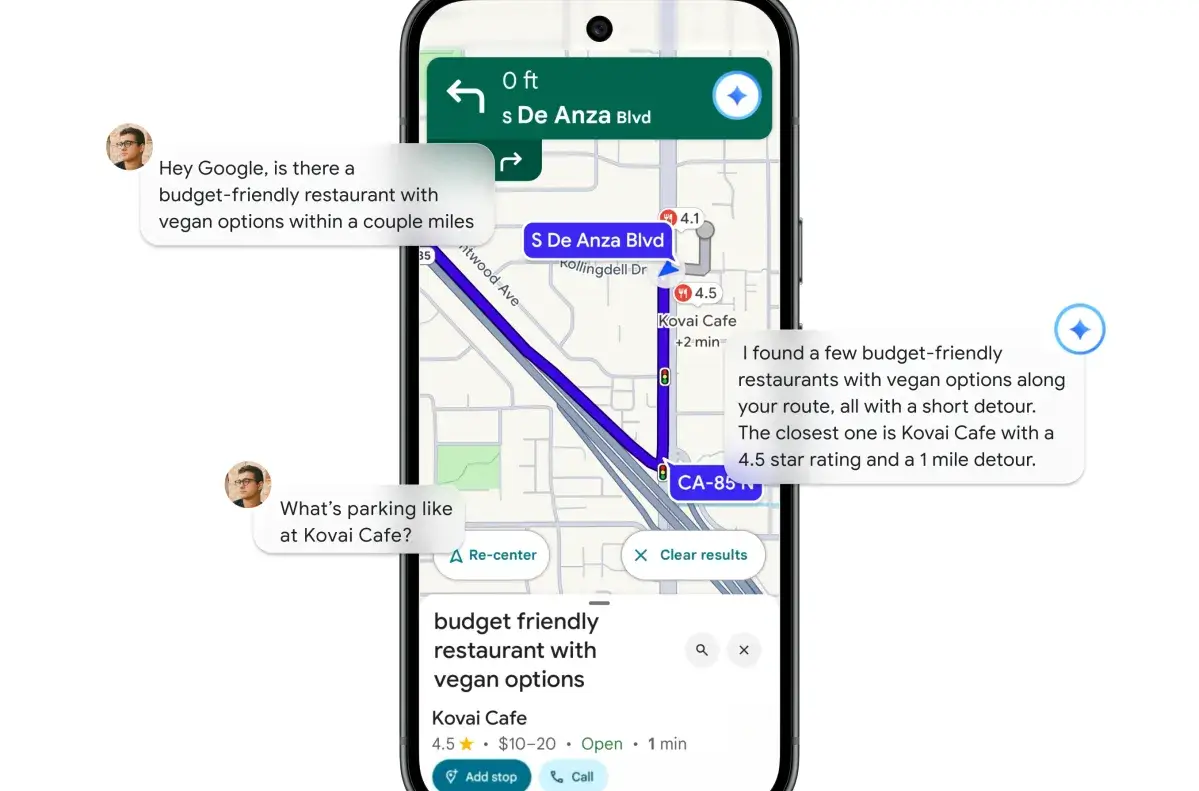Figma Acquires Weavy to Build AI Design Platform
When creativity meets automation, designers don’t lose control — they gain it.
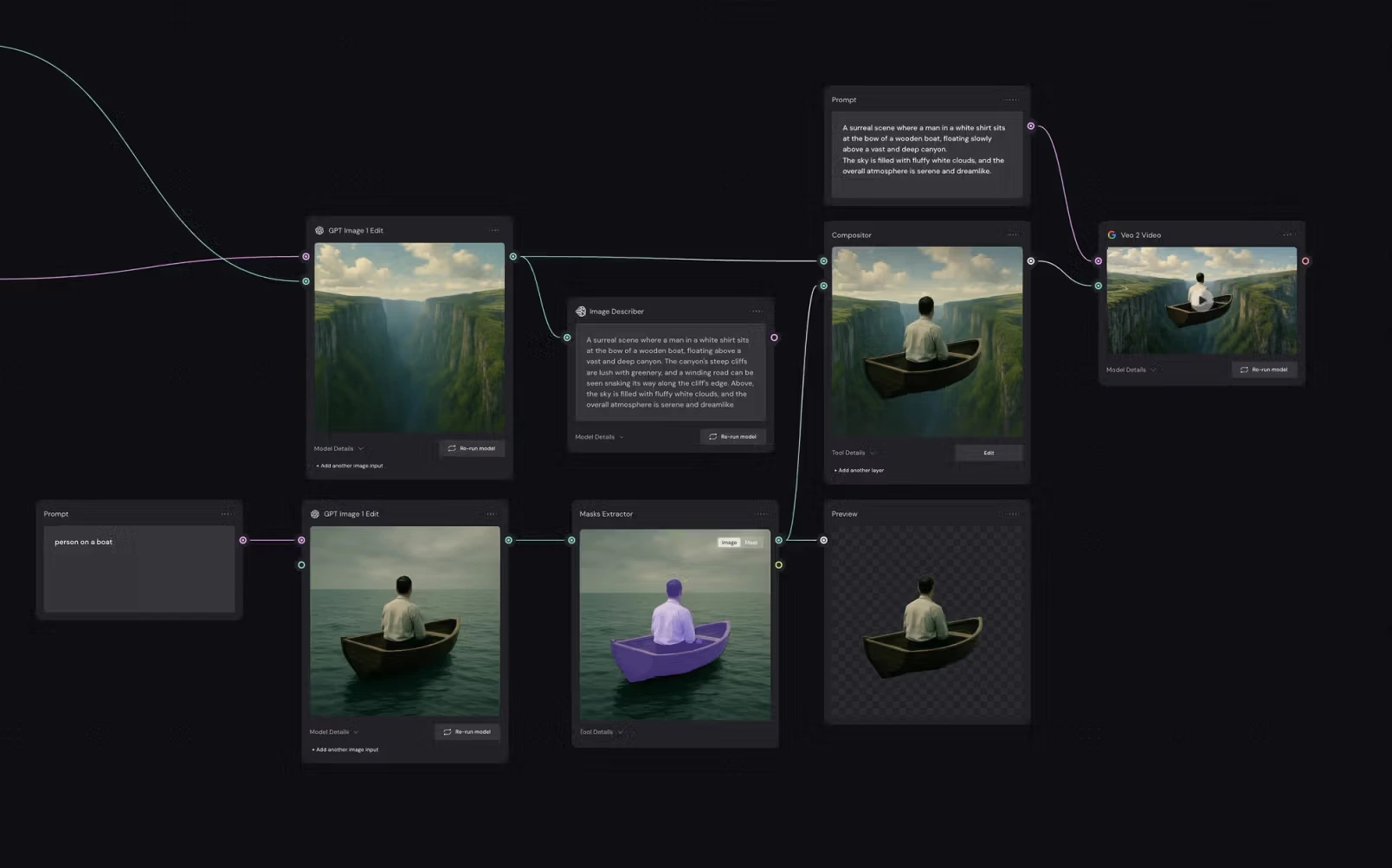
Figma just made its biggest move yet — and it’s not another UI update.
The design giant has acquired AI-powered media startup Weavy, a company known for its creative image and video generation tools. The acquisition marks the birth of a new brand: Figma Weave, where AI meets design craft on a shared infinite canvas.
While financial details remain under wraps, about 20 Weavy team members will join Figma’s global design powerhouse. Founded in 2024 in Tel Aviv, Weavy quickly caught attention with its hybrid AI workflow — allowing users to combine multiple AI models, layer edits, and visual controls to create stunning imagery and motion content. Within a year, it raised $4 million in seed funding from Entrée Capital, Designer Fund, and Fiverr founder Micha Kaufman.
So why is Figma buying Weavy?
Because the future of design is not just about creating faster — it’s about creating better, with control.
Weavy’s node-based system lets designers link multiple AI models — like Sora, Veo, Seedream, and Ideogram — on a single canvas. You can start with an AI-generated image, refine it with color and lighting prompts, and even extend it into a video, all in one interface. No exporting. No plugin chaos. Just pure flow.
As Figma CEO Dylan Field put it:
“This node-based approach brings a new level of craft and control to AI generation. Outputs can be branched, remixed, and refined — combining exploration with iteration and craft.”
In simpler words: creativity is becoming modular. You’re not limited to one AI model or aesthetic anymore — you can mix them like paint, experiment with variations, and keep every version you create.
That balance between simplicity and power is what attracted Figma. And let’s be honest — this move isn’t just about competing with Adobe Firefly or Canva Magic Studio. It’s about redefining what “design software” even means.
Weavy’s interface feels less like a prompt box and more like a creative control room. Designers can start with text, combine multiple AI tools, tweak results visually, and instantly remix their outputs. The process mirrors how real artists work — testing, editing, iterating — but with AI as the collaborator, not the replacement.
And Figma is clearly betting that this collaboration will define the next generation of design.
It’s no surprise others are racing toward the same space. Perplexity AI recently acquired the team behind Visual Electric, another design-forward AI platform. Krea, a fast-rising AI design tool, raised $83 million from a16z and Bain Capital to scale its multimodal creative tools. But what sets Figma Weave apart is its focus on craft and iteration, not just automation.
This move quietly shifts Figma from being “a design collaboration tool” to “a creative intelligence platform.”
And that’s a massive mindset change.
In 2025, the best designs won’t just come from humans — they’ll come from humans who know how to think with AI.
Designers who once feared being replaced will now be the ones orchestrating multiple models, crafting the perfect blend of imagination and precision.
As Figma Weave rolls out, the message is clear:
You won’t design for AI — you’ll design with it.
If creativity had a next chapter, this is it. Stay tuned.
You may like recent updates...
Subscribe & Get Free Starter Pack
Subscribe and get 3 of our most templates and see the difference they make in your productivity.
Free Starter-Pack
Includes: Task Manager, Goal Tracker & AI Prompt Starter Pack
We respect your privacy. No spam, unsubscribe anytime.
Featured*

QuillBot
AI tool that improves writing with smart paraphrasing, grammar checks & image generation.

Emergent
Build full-stack, production-ready software using plain-language prompts—no coding needed.
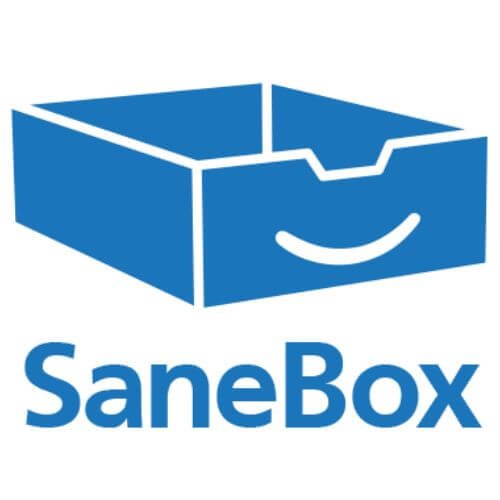
Sanebox AI
AI tool organizes your inbox by automatically sorting emails and reducing clutter.

